About
350 East Galleria Drive, Henderson, Nevada 89011
(702) 267-4180
Summer Hours- 6 AM to 12 PM
Winter Hours- 7 AM to 2 PM
Free Admission
The Federal Water Pollution Control Act of 1948 was the first major U.S. law to address water pollution. Growing public awareness and concern for controlling water pollution led to sweeping amendments in 1972. As amended in 1972, the law became commonly known as the Clean Water Act (CWA). In December 1996, the first official meeting took place between representatives of the city’s Department of Utility Services, Red Rock Audubon Society and Montgomery Watson Engineers, a firm that had performed much of the facility’s engineering. The group discussed their vision for a bird viewing preserve. They saw an opportunity to provide the public with a venue to see and learn about birds, and to create a bird habitat that provides naturally occurring food sources for resident, migrating and nesting birds. And they saw an equally appealing opportunity to educate preserve users on wastewater treatment and ecology. On May 20, 1998, the City of Henderson Bird Viewing Preserve was officially dedicated and became “A Place to Call Home” for more than 270 species of birds – and thousands of bird lovers.
350 East Galleria Drive, Henderson, Nevada 89011
(702) 267-4180
Summer Hours- 6 AM to 12 PM
Winter Hours- 7 AM to 2 PM
Free Admission
Located off the beaten path, about 18 miles from the strip, the preserve is accessible by car and public transit. It is located on 140 acres with 9 ponds and 5 miles of trail surrounding them. A gift shop and two public restrooms are found with a classroom in the visitor center. Tours are available with prior reservation and there are picnic tables in the rear.
Mature native trees and plants provide an inviting environment for the songbirds such as the Verdin and Lucy's Warbler. Honey and screwbean mesquite trees are mixed with cottonwood and and willow along the ponds. Southern cattails and phragmites provide shelter to the resident Sora, Virginia Rail, Wilson's Snipe and waterfowl while quailbrush and mulefat do the same for groundbirds such as Gambel's Quail, Crissal Thrasher, Western Meadowlark, Abert's and Spotted Tohee.
The Mohave is on the Pacific Migratory route so it comes as no surprise that waterbirds and wading birds are to be found in the ponds, streams and springs of the desert. As to be expected, spring and fall are best for migratory birds although a good number of mainly water birds stick around both summer and winter.
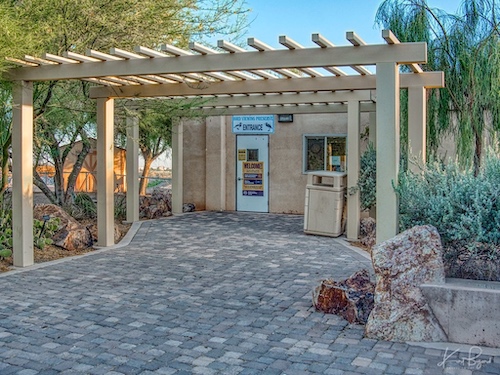
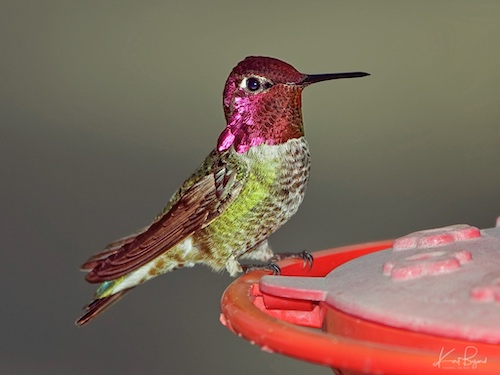
Behind the visitor center are picnic tables, hummingbird feeders and Tino the desert tortise.
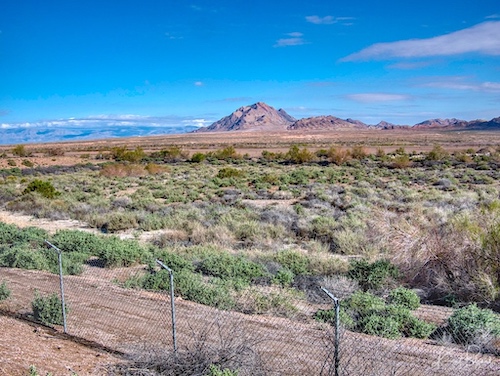
Frenchman mountain is a rocky, treeless ridge visible from everywhere in Las Vegas and a formidable and beautiful landmark throughout the Henderson Bird Watching Preserve. The mountain rises about 1500’ to 2000’ above the surrounding desert. The Las Vegas Wash, located in front of Frenchman Mountain, is a 12-mile-long channel which feeds most of the Las Vegas Valley’s excess water into Lake Mead. The wash is sometimes called an urban river, and it exists in its present capacity because of an urban population. The wash also works in a conjunction with the pre-existing wetlands that formed the original oasis of the Las Vegas Valley.
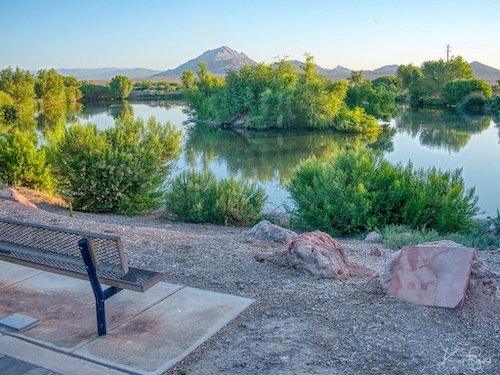
Constructed wetlands for wastewater treatment have developed in the last few decades as an alternative to costly industrial methods. Essentially, carefully selected native plants both in and near the water absorb nitrogen, phosphorus and toxins, naturally cleansing the water like magic. Wetlands work through a combination of microorganism interaction, plant and soil filtration, aeration and settling to remove particulates and contaminants. As an eco-friendly treatment process, constructed wetlands enable the effective, economical, and ecological treatment of agricultural, industrial, and municipal wastewater.
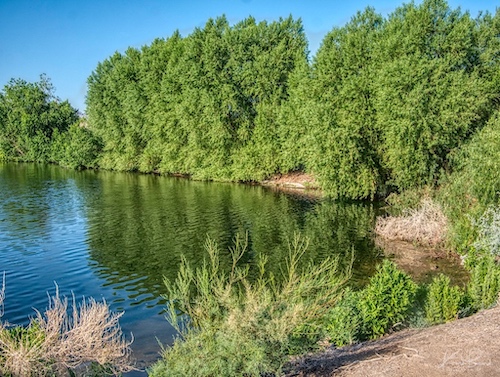
Each of the ponds is at a different height, with pond 1 at the highest position. As pond 1 fills, the overflow goes to adjacent ponds through pipe spillways, skimming the purest water from the top.
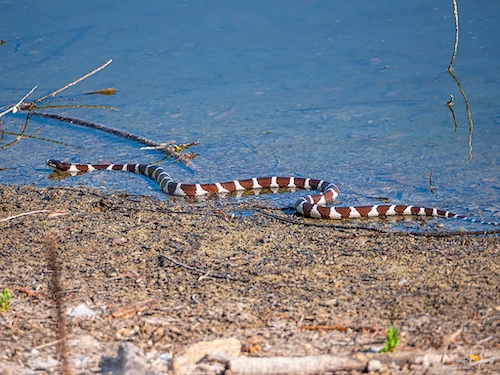
There are a variety of other animals that share the preserve, including snakes, lizards, rabbits, coyotes and racoons.